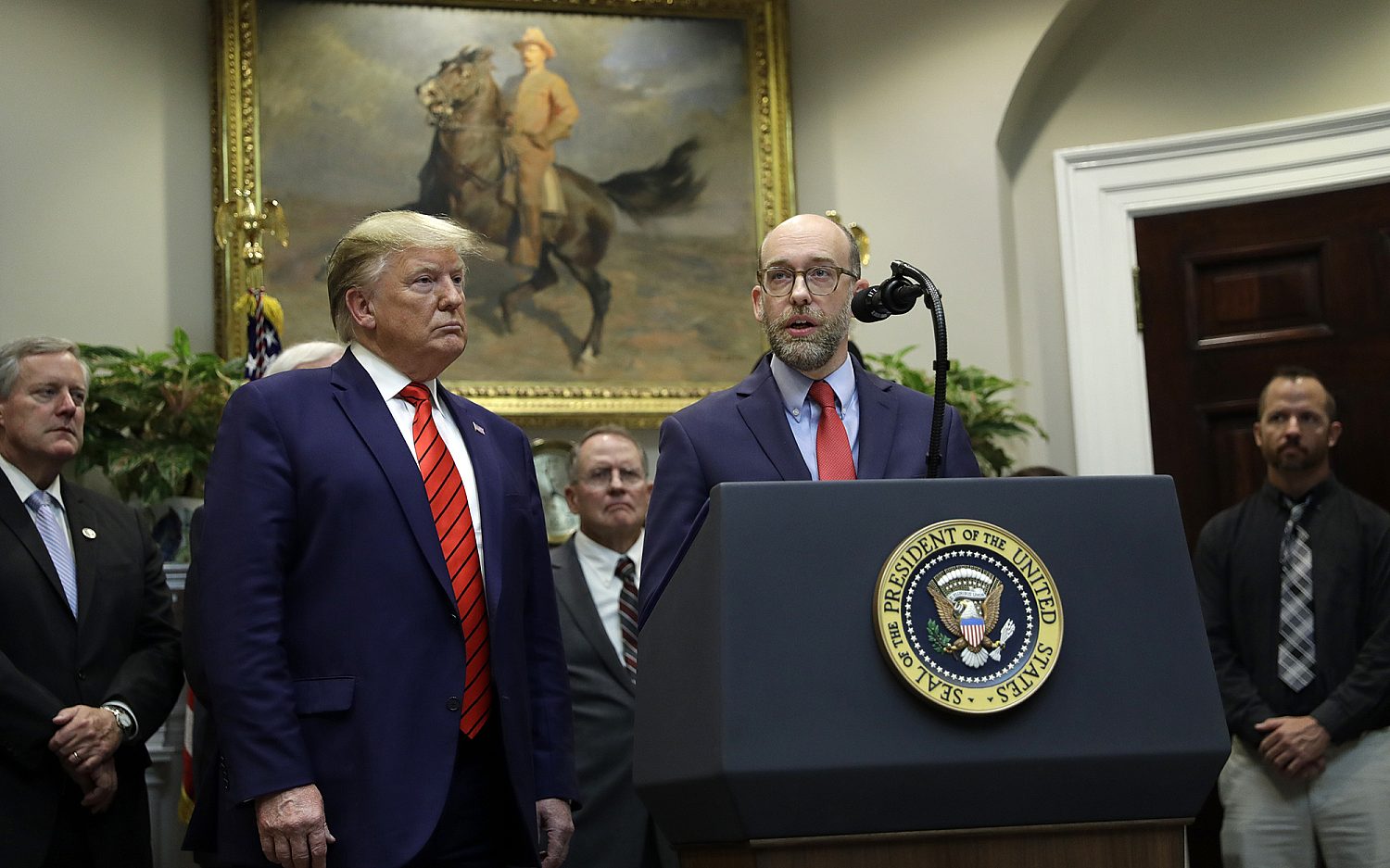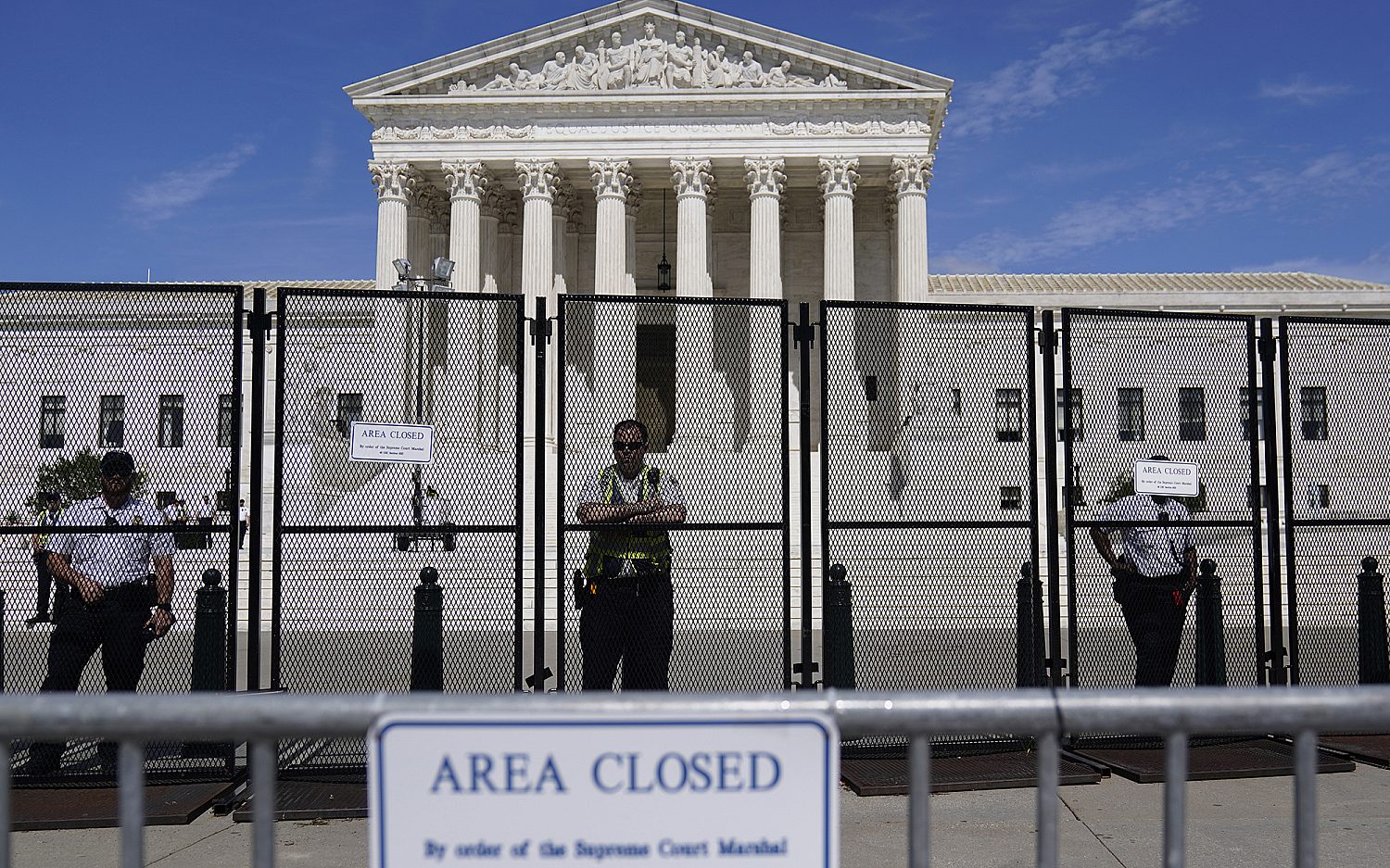Pattern of silence shrouds North Dakota oil spill
If oil spills and no one is around to see it, does the public have a right to know?
That’s the question North Dakota residents are asking this week after a pipeline rupture sent more than 20,000 barrels of crude oil into a wheat field in one of the largest spills in state history. Tesoro Corp. reported the spewing oil to the North Dakota Health Department on Sept. 29 after a local farmer discovered it. But state officials waited more than two weeks to tell the public about the spill—and this only after an inquiry from the Associated Press.
Some environmentalists are concerned the delay suggests a too-cozy relationship between the oil industry and state regulators. “It’s definitely worrisome,” said Don Morrison, executive director of the Dakota Resource Council. “There is a pattern in current state government to not inform the public.”
In North Dakota, the state is not obligated to inform the public of oil spills. While companies must promptly notify state authorities, major oil-producing states such as North Dakota leave public notification to the discretion of state officials. In this case, the break in the Tesoro Corp. pipeline occurred in a remote area near the small city of Tioga, not far from where oil was first discovered in North Dakota in 1951. The nearest home is a half-mile away, and state regulators determined that no groundwater was contaminated due to the soil’s clay content.
Kris Roberts, a geologist with the North Dakota Health Department said Tesoro “has been aggressive in containing the crude oil” and that he was “very pleased with the company’s proactive response efforts.” Tesoro officials are investigating what caused the quarter-inch hole in the 20-year-old underground pipeline. The company estimates the cleanup will cost $4 million and continue for several years.
Several federal and state agencies are involved in regulating oil safety, and communication between them is sometimes uneven. Brian Kalk, chairman of the North Dakota Public Service Commission, regulates where pipelines are placed and was upset that he didn’t know about the spill until Thursday: “There is almost a million gallons of product on the ground and we need to find out what happened.”
The Tioga spill is causing regulators to assess their notification procedures.
“This 20,000 barrels is terrible,” David Glatt of the North Dakota Department of Health told local news station WDAY. “Now, at what point does the public get notified? And that’s something that we’re looking at, is how can we do a better job getting that information from the field into the office in a timely manner and getting that out to the public?"
The Associated Press contributed to this report.
An actual newsletter worth subscribing to instead of just a collection of links. —Adam
Sign up to receive The Sift email newsletter each weekday morning for the latest headlines from WORLD’s breaking news team.




Please wait while we load the latest comments...
Comments
Please register, subscribe, or log in to comment on this article.